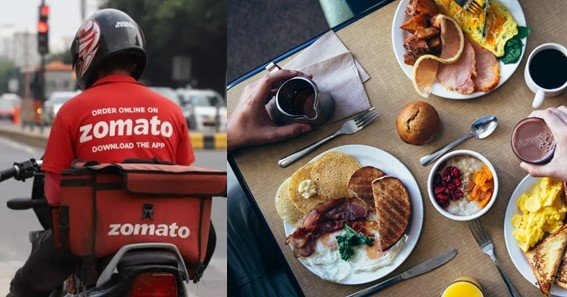Zomato has become a household name in India’s food-tech industry, evolving from a restaurant discovery platform into a comprehensive online food delivery service. Its business model is built on multiple revenue streams, strategic partnerships, and a strong value proposition, making it one of the most successful companies in its sector.
Key Components of Zomato’s Business Model
1. Food Delivery
Zomato’s core business revolves around food delivery, where it charges restaurants a commission on every order placed through its platform. This commission typically ranges between 20% to 25%, though it can vary depending on the location and the agreement with the restaurant. Despite the fierce competition and the low margins in this segment, food delivery remains a major revenue generator for Zomato.
2. Advertising and Listings
Another significant revenue stream for Zomato is its advertising services. Restaurants can pay to get better visibility on the platform, whether through higher placement in search results, banner ads, or promotional campaigns. This helps restaurants attract more customers while providing Zomato with a steady income.
3. Subscription Services: Zomato Gold and Zomato Pro
Zomato offers subscription programs like Zomato Gold and Zomato Pro, which provide users with exclusive dining offers and discounts. These programs are not only popular with users but also help Zomato generate recurring revenue. Restaurants also benefit by gaining access to a more loyal customer base.
4. Hyperpure
Hyperpure is Zomato’s B2B platform that supplies fresh ingredients directly to restaurants. This initiative ensures that restaurants can maintain high food quality standards, which in turn enhances customer satisfaction. Hyperpure has become a critical part of Zomato’s revenue model, contributing significantly to its overall earnings.
5. Zomato Kitchens and White Label Solutions
Zomato also invests in cloud kitchens, which it operates under various brands. These kitchens allow Zomato to expand its food delivery options without the overhead of traditional restaurant operations. Additionally, Zomato offers white-label solutions, enabling restaurants to create their own branded delivery platforms using Zomato’s technology.
6. Event-Based Revenue: Zomaland
Zomato has diversified its revenue by hosting events like Zomaland, a food and entertainment carnival. By selling tickets and partnering with restaurants, Zomato generates additional income while also boosting brand engagement.

Why Zomato Business Model Is So Successful
Zomato’s success can be attributed to its diversified revenue streams, strong partnerships, and focus on customer experience. By continuously innovating and expanding its offerings, Zomato has managed to stay ahead in a highly competitive market. Its ability to generate income from multiple sources—food delivery, advertising, subscriptions, and events—ensures that the company remains resilient and profitable.
Frequently Asked Questions (FAQs)
1. How does Zomato make money?
Zomato makes money through food delivery commissions, advertising, subscription services, and events like Homeland.
2. What is Zomato Gold?
Zomato Gold is a subscription service offering users exclusive dining discounts and perks at partner restaurants.
3. What is Hyperpure?
Hyperpure is Zomato’s B2B service that supplies fresh ingredients to restaurants, helping them maintain high food quality standards.
4. How does advertising work on Zomato?
Restaurants can pay Zomato for better visibility on the platform, including higher search rankings, banner ads, and promotional features.
5. What is Zomato Kitchens?
Zomato Kitchens are cloud kitchens operated by Zomato, allowing the company to offer more food delivery options without running traditional restaurants.
